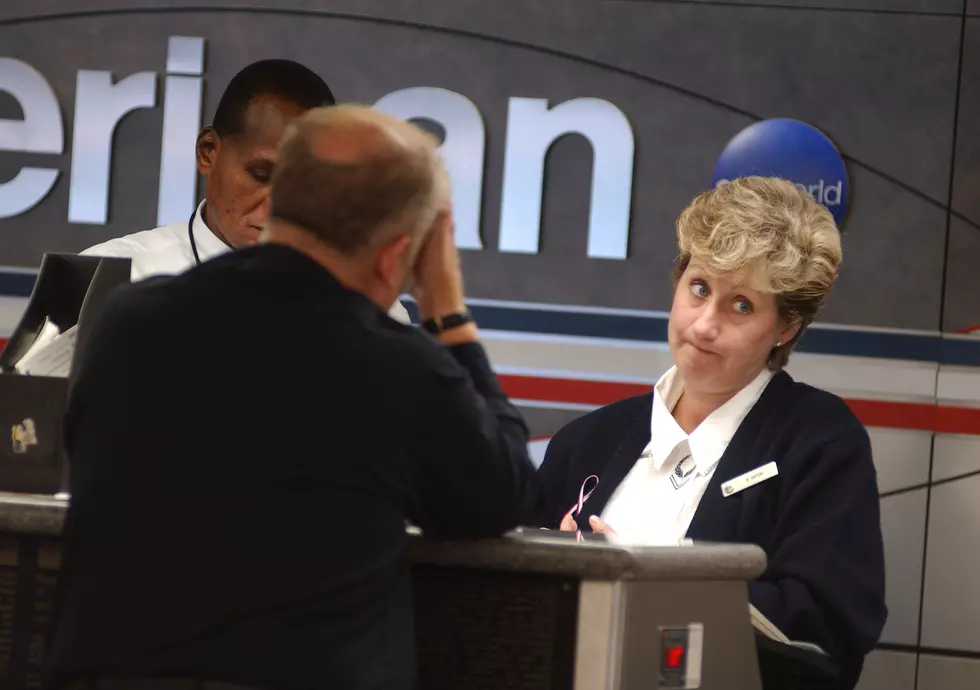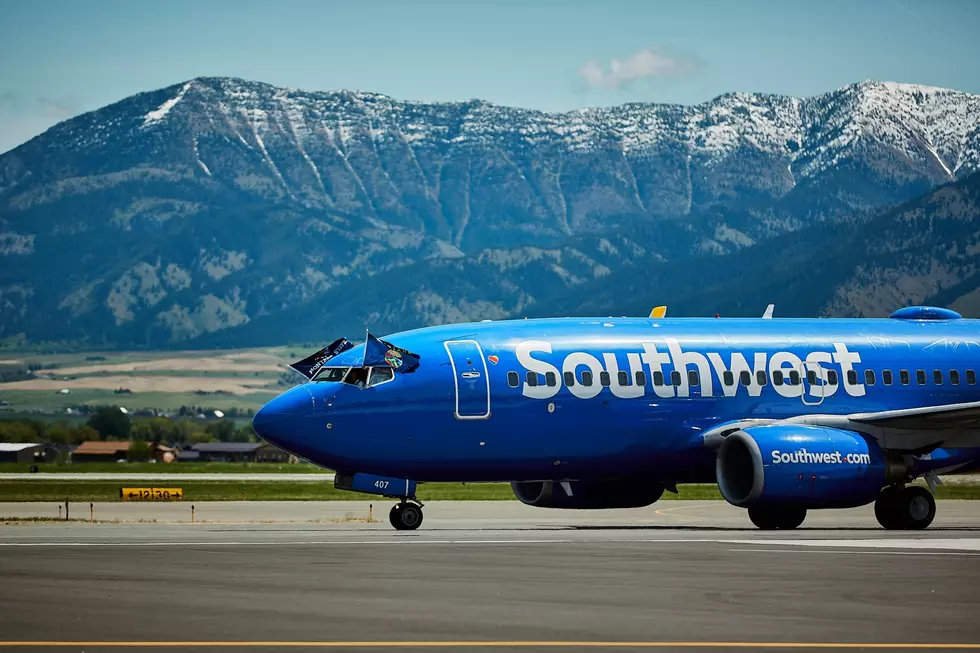
Good Customer Service Has Nothing to Do With The Customer
During my last airline flight as I was hurtling through space at 33,000 feet I found myself thinking about how much customer service in the airline industry has changed in recent years.
Politically incorrect “stewardesses” are now politically correct “flight attendants.” I guess it won’t be long before the pilot is a “horizontal thrust technician.”
Due to the increased cost doing business, and adhering to regulations, airlines began charging for bags — pillows and blankets, on some flights, are no longer perks.
Airlines, in my opinion, are clearly defining the “new” meaning of customer service for business in the future. And they are not alone. Many businesses are taking “the customer” out of customer service.
Customer Expectations
I, like you, have attended many customer service seminars in my forty-year career. For the most part, all of these seminars came down to the same one or two take away points.
One, “exceed the customers expectations.”
And two, “the customer is always right.” Well, today I want to dispel both those myths.
My contention is that in today’s marketing environment the customer has little to do with the delivery of good customer service. And, believe it or not, that’s a good thing.
Here’s why.
Two Customer Service Extremes
Before advancing my theory, we need to first clearly define customer service. I believe there are two extremes.
First, delivering service so bad that you would soon be out of business, and two, delivering service so good that the cost of delivering that service would not be economically possible.
Limo rides to your store? Free plane tickets for out of town shoppers? Good service yes, but not economically feasible.
So here is my definition of good customer service.
It’s the best service you can deliver, day in and day out, and still be profitable. I can’t get a steak at McDonald’s.
Customer Service Economics
Next, let’s look at how my theory works in today’s world using the airlines as an example. When airports started “frisking” people and using full body scanners it was all over the news and in a lot of their advertising.
Thankfully the scanners are gone.
Not the airlines fault, “the devil (government) made me do it.” When they started a separate charge for bags we were also informed about that both on news and in airline marketing and promotional ads.
Exceeding My Expectations?
So my question is this, “Are the airlines exceeding my customer expectations with body scanning, extra charges for luggage, no meals, stale peanuts, and additional charges for pillows or blankets?”
If I, the customer, who is always right, still desires those things, isn’t that the absolute definition of lousy service? The short answer is no.
The New, New Is Not The Old, Old
The airlines could continue all the old services but what would be the end result? Lower profit margins, fewer stockholders, coupled with an increased employee cost and flight expense to serve the same numbers of passengers.
So what did the airlines do, that more and more companies are doing? Try to provide the best service they can deliver day in and day out and still be profitable?
It’s very simple. Instead of trying to meet an undefined level of customer expectations they simply prepared us through news releases and advertising what level of service to expect. And then they meet that level of service.
Yes, there are times when higher levels of service are required when mistakes are made. However, more and more businesses are discovering that preparing the customer, in advance of dealing with you, what level of service to expect, will result in a happy satisfied customer.
Does Wal-Mart have trained sales associates in each department? Why not? Wouldn’t that improve service? It would violate their low-price business model.
Does Nordstrom’s have sales associates in each department? Yes they do. Will a shirt cost a little more at Nordstrom’s than at Wal-Mart?
Or course, but I don’t go into Wal-Mart with the expectation that I’m going to get Nordstrom’s service or quality.
Some Final Thoughts
Every business wants happy satisfied customers leaving their stores. What is the definition of a happy customer? I came, I saw value, I saw my price point, I bought with no hassles, I’m happy, and I will tell my friends about the service I received.
Are your customers prepared for a positive shopping experience when they are ready to do business with you?
If your customer defines the level of service they are expecting, and you don’t deliver, then you’ll almost always have an unhappy customer, who will have no problem telling others all about you.
If you define the level of service in your marketing and advertising messages, that you are prepared to deliver to your customer, and you meet that level of service, you’ll have a much better chance of creating a long lasting profitable relationship.
More From KMMS-KPRK 1450 AM




![[POLL] Should the virus threat close businesses in Bozeman?](http://townsquare.media/site/8/files/2020/03/RS29882_GettyImages-1047536906-scr.jpg?w=980&q=75)



![[POLL] How Much Should You Tip A Waitperson?](http://townsquare.media/site/8/files/2019/04/GettyImages-1030953288.jpg?w=980&q=75)
